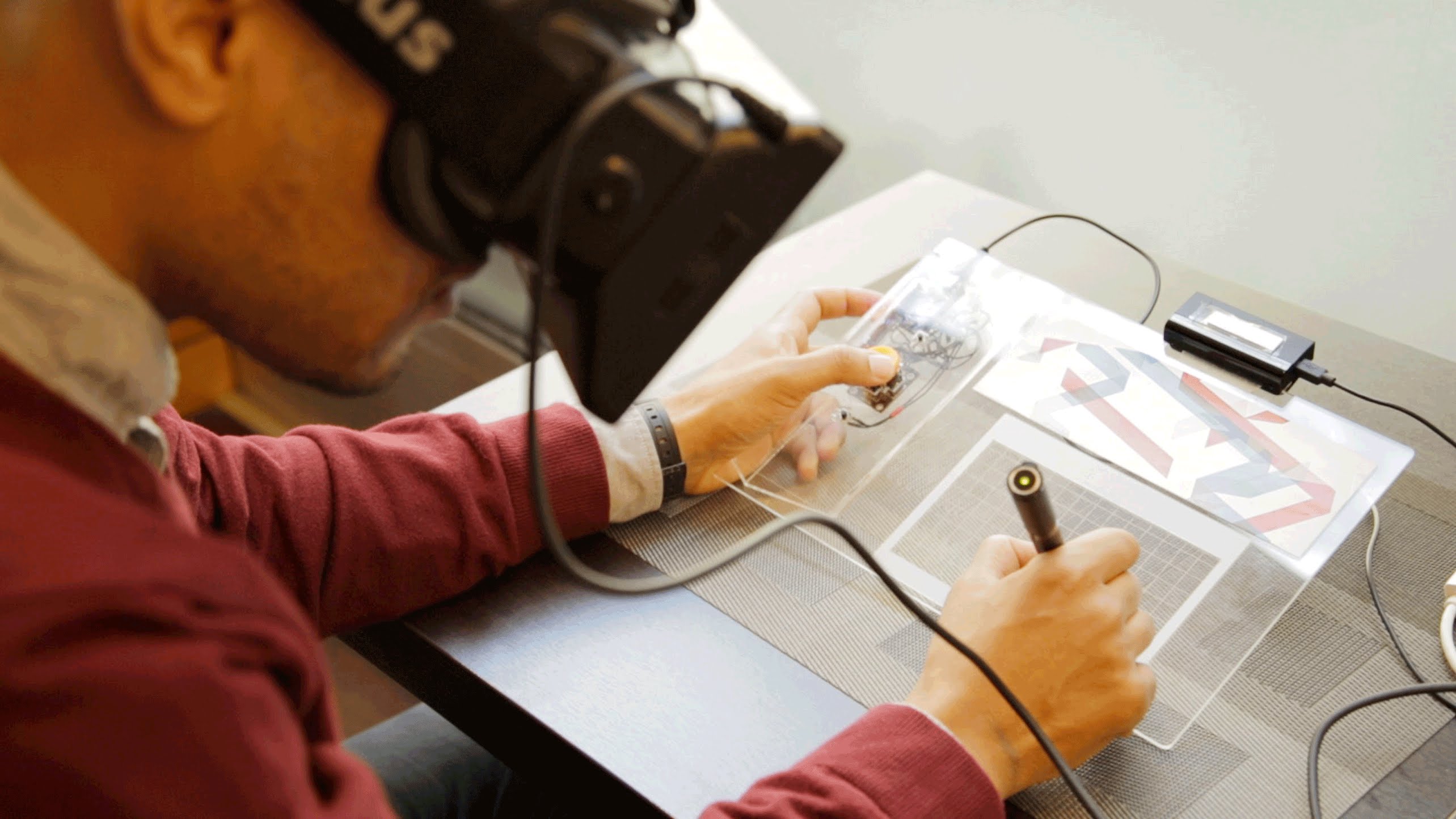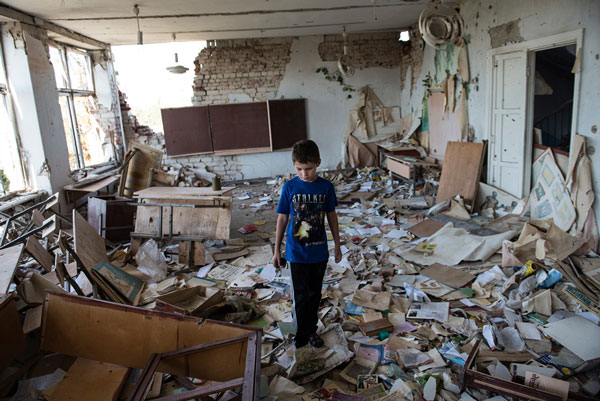2016 was the year that VR hardware came of age. We had the Oculus Rift, HTC Vive, Samsung Gear, Google's Daydream, and Sony's PlayStation VR. But what about the content? Compelling uses of VR have been slow to come, but this year we’re fully expecting some thrilling and eye-opening stuff that will drive the mass public to go out and buy a VR headset.
As a taster, here are some amazing uses of VR to date, which point to how this new and exciting technology is likely to develop in future months and years.
01. Walk into a Salvador Dali painting

We like to think that surrealist painter Salvador Dali would have loved this. Visitors to a recent sale at Sotheby’s were able to 'step inside' some of the painting highlights, thanks to an innovative virtual reality experience.
The London auction house teamed up with Fgreat Studio to create an immersive film that allowed them to walk around a 3D recreation of Dali’s art using the gallery’s Occulus Rift headsets.
And it’s not just classic paintings that are being recreated in virtual space. Washington’s Renwick Gallery recently released a VR recreation of its sculpture show Wonder, and we’re expecting more artists and art institutions to jump on board and explore the possibilities of VR.
02. Immerse yourself in a family’s life

Virtual reality has obvious attractions for movie-makers, but until recently Hollywood hasn’t really begun to work out what to do with it. A short film that points to the future is Pearl, one of Google’s Spotlight Stories, and the first-ever VR film to get an Oscar nomination.
This low-poly animation tells the story of a single father raising his young daughter, and the twist is that you really do get a front-row seat. The drama all takes place in a car, and you view it all as the front passenger, in 360-degree 3D.
Daily design news, reviews, how-tos and more, as picked by the editors.
It’s a curiously close, powerfully intimate experience that verges on the uncomfortable at times; you almost feel like you’re intruding on private moments. But once the story reaches its climax, you’ve become much more emotionally engaged with the characters than you would watching a flat screen. We can’t wait to see what these and other VR film-makers come up with next.
03. Walk around your own sketches

Virtual reality isn’t just about new ways of consuming content; it’s about new ways of creating it as well. Current frontrunners when it comes to VR art tools include the Tilt Brush, a tool from Google that allows you to paint in 3D space; Ghost Paint, a virtual graffiti app that lets you play at being Banksy without actually vandalising buildings; and Gravity Sketch, which allows you to draw in 3D and then walk around inside your sketches. You can see a little of what that looks like in this video.
04. Learn to climb

As creatives start to combine VR with other developing technologies, who knows what new and unexpected directions they’ll head in? A good example is how design and innovation company Uniform is teaming VR with the Internet of Things to help people learn to rock-climb.
Imagine you’re practising on an indoor climbing wall and hit a challenge you don’t know how to approach. With Uniform’s setup, an RDIF tag in the specific rock communicates with your headset and coaches you to overcome it (advice comes from British Boulder Champion Shauna Coxsey and her coach, Mark Glennie).
Uniform is keen to apply this technology to the coaching of all kinds of grassroot sports, and could potentially add up to a virtual equivalent of world-class, Olympic level training for everyone.
05. Fly around Google Earth

Everyone’s had that lovely dream of being able to fly around the world at will. Well now, Google Earth is able to provide a similar experience via the comfort of your virtual reality headset. Google Earth VR allows you to explore the world from totally new perspectives: stroll the streets of Tokyo, soar over Yosemite, or teleport across the globe.
06. Experience a news story first-hand

Ever watched a heartbreaking news story and experienced ‘disaster fatigue’; that numbing of emotion and feeling of disconnect that results from too much bad news? News organisations like the New York Times and CNN are aiming to counter that by presenting the latest events in a much more immediate way.
You can now put on your virtual reality headset and find yourself embedded with Iraqi forces during a battle with ISIS, or sharing a boat with refugees in the Mediterranean. Will such immersive, 360-degree video experiences be the future of reporting in the 2020s?
07. Interact with a TV show

Watching TV has traditionally been a passive, one-way experience. But Australian studio Start VR is aiming to change all that. VR Noir is a 360-degree film with interactive elements that give you the ability to change the narrative.
As the drama unfolds, you see events from the view of Veronica Coltrane, a private detective taking on a morally dubious case, and you get to choose what happens along the way. Blurring the line between cinematic storytelling and immersive gameplay, VR Noir is difficult to define, but points to an exciting range of new possibilities for anyone involved in mass media entertainment.
08. Direct a Star Wars movie

VR isn’t just changing the way we consume TV and movie content, but the way it’s produced. With more and more computerised graphics being used in films, many directors have had to cede a lot of power to CG artists. But now, VR offers a way of getting back some of that control.
For example, as BBC Click recently revealed, Rogue One director Gareth Edwards – who’s known for getting very hands-on with the camera – was able to use VR technology to direct some of its CG scenes too.
ILM London hooked up an iPad to an HTC Vive virtual reality controller to create real-time system Edwards could use to physically move the screen around, choosing the angle he wanted the shot to begin at, and where it would end up. (You can see the technology in action in this video.) So if you were wondering why Rogue One’s space battles were so wonderfully ‘shot’, now you know...

Tom May is an award-winning journalist specialising in art, design, photography and technology. His latest book, The 50 Greatest Designers (Arcturus Publishing), was published this June. He's also author of Great TED Talks: Creativity (Pavilion Books). Tom was previously editor of Professional Photography magazine, associate editor at Creative Bloq, and deputy editor at net magazine.
